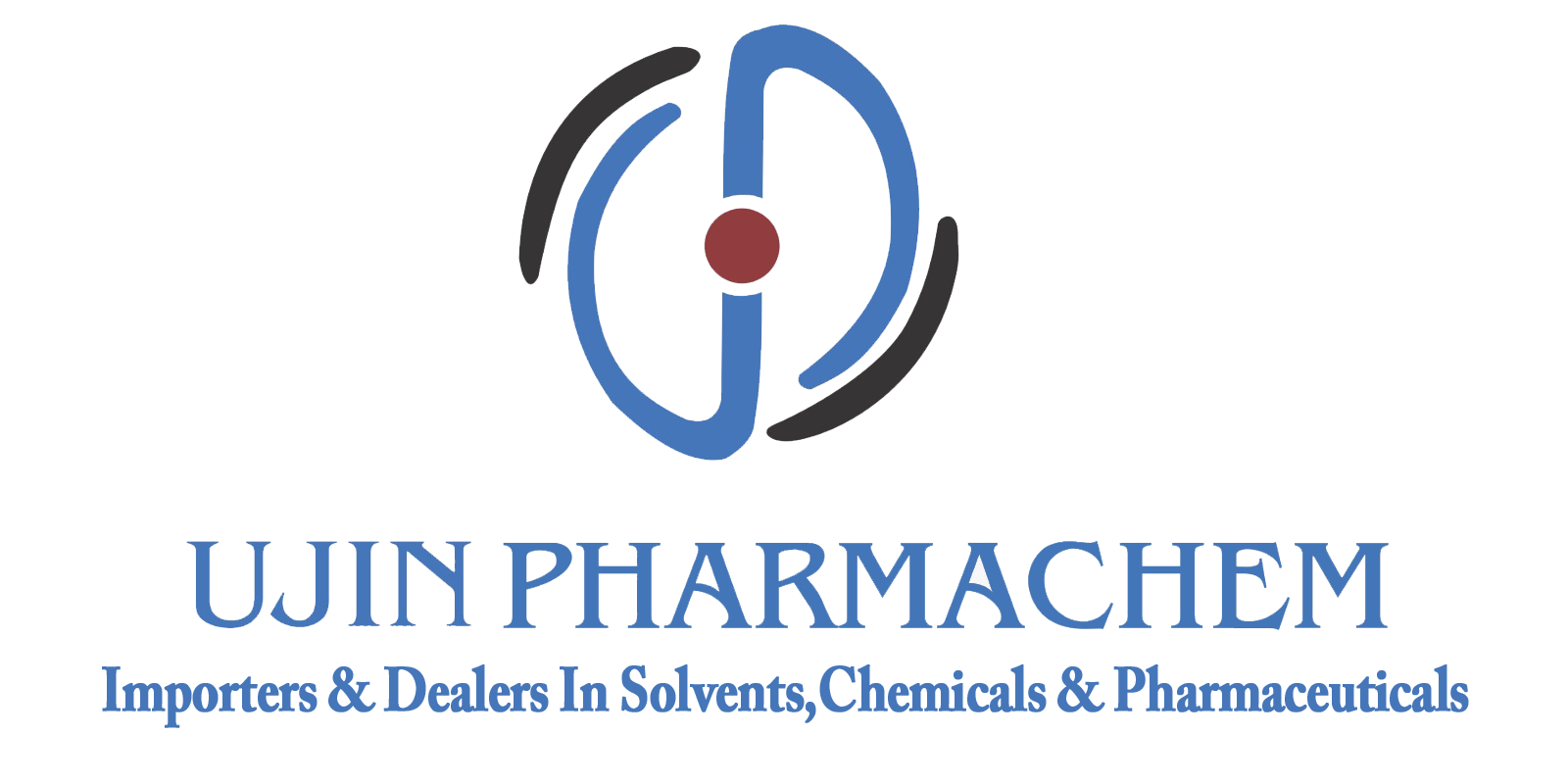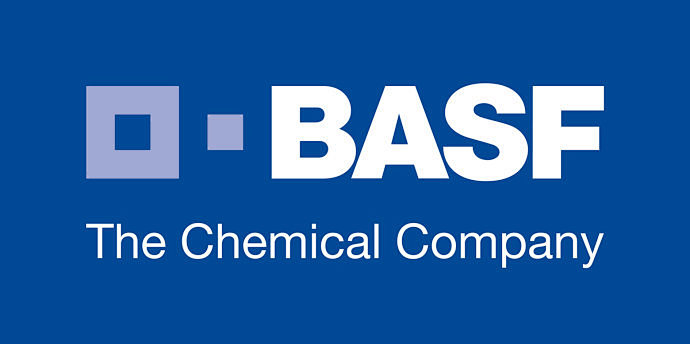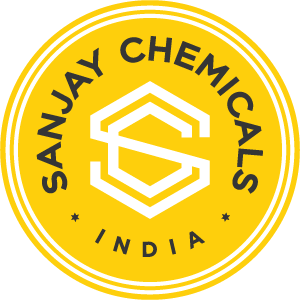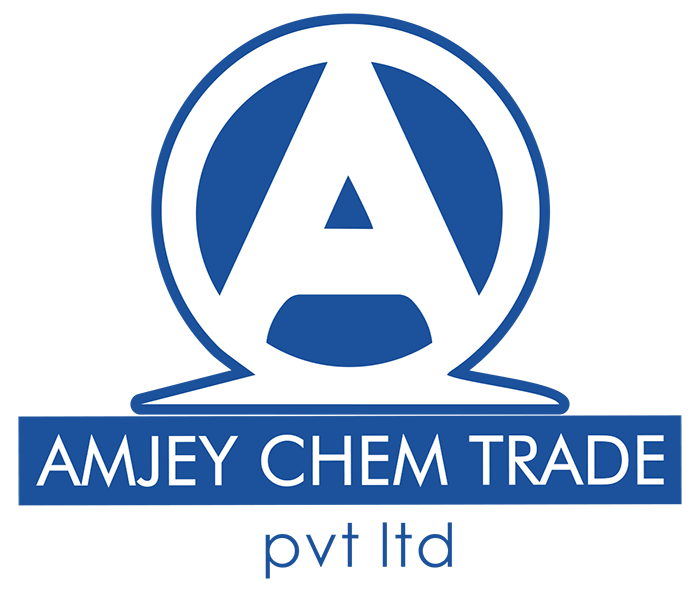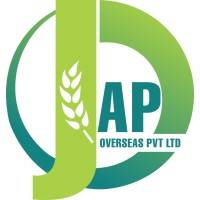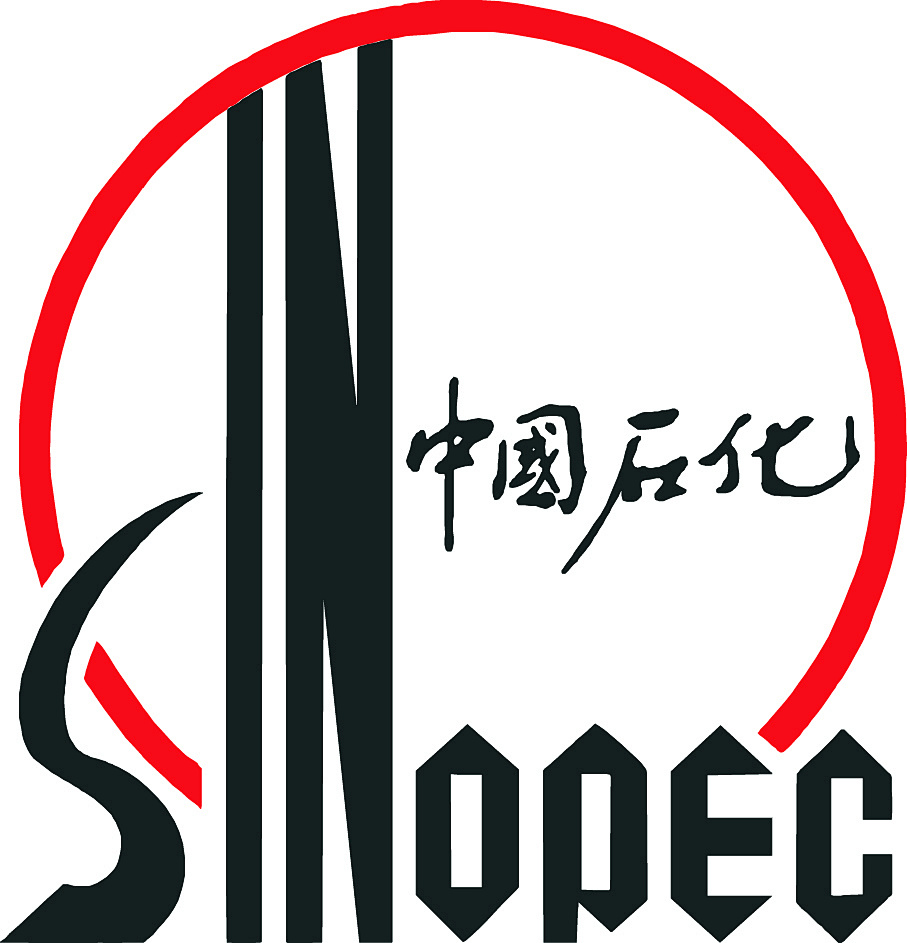
CHARACTER
polycarbonate (PC), a thermoplastic, has excellent transparency, high strength, high toughness, heat resistance and weather resistance. PC material is colorless and transparent, with a light transmittance of up to 90%, can withstand high temperature and ultraviolet radiation, and is not easy to deform and age. PC is widely used in electronic appliances, automobile manufacturing, construction, optical lenses and medical equipment and other fields. In the field of electronic appliances, PC is used to manufacture mobile phone shells, display screens, computer parts, etc., and is favored because of its good insulation and flame retardancy. In automobile manufacturing, PCs are used to manufacture components such as lights, windshields, and windows to improve the safety and comfort of vehicles. As a high-performance thermoplastic, PC has a wide range of applications in modern industry.

APPLICATIONS
(1) Polycarbonate (PC) is widely used in the field of optical instruments, and its excellent light transmission and impact resistance make it an ideal material for manufacturing lenses and optical components of optical instruments such as glasses, microscopes, and telescopes.
(2) In the automotive industry, polycarbonate PC is widely used in the manufacture of automotive lampshades, dashboards, steering wheels, doors and other key components, as well as bumpers, fenders and other external components due to its impact resistance, high temperature resistance and corrosion resistance.
(3) The construction industry also makes full use of the high strength, durability and fire resistance of polycarbonate PC. It is often used in the manufacture of windows, doors, glass curtain walls and other building components, and even for the construction of bridges, highways and other large-scale engineering structures.
(4) Polycarbonate PC also occupies an important position in the field of electronic products. Its good insulation performance, heat resistance and processing performance make it the preferred material for manufacturing electronic product shells, panels, brackets and other components. It is widely used in mobile phones, Tablet PC, TV and other products.
(5) In the medical field, polycarbonate PC is used in the manufacture of medical equipment, medical devices and artificial organs, such as infusion tubes, syringes, dental appliances and artificial joints, due to its good non-toxicity and biocompatibility.
(6) Polycarbonate PC is also widely used in the packaging industry for the manufacture of various packaging containers, such as food packaging boxes, beverage bottles, cosmetic bottles, etc., its high transparency, strength and impact resistance make it a leader in packaging materials.
(7) Polycarbonate PCs also have important applications in the field of aerospace and sports equipment, for the manufacture of aircraft parts, satellite components, rocket parts, and skis, scooters, bicycles and other sports equipment housings and protective devices.
![]() +086 1911-7288-062 [ CN ]
+086 1911-7288-062 [ CN ]



























































































